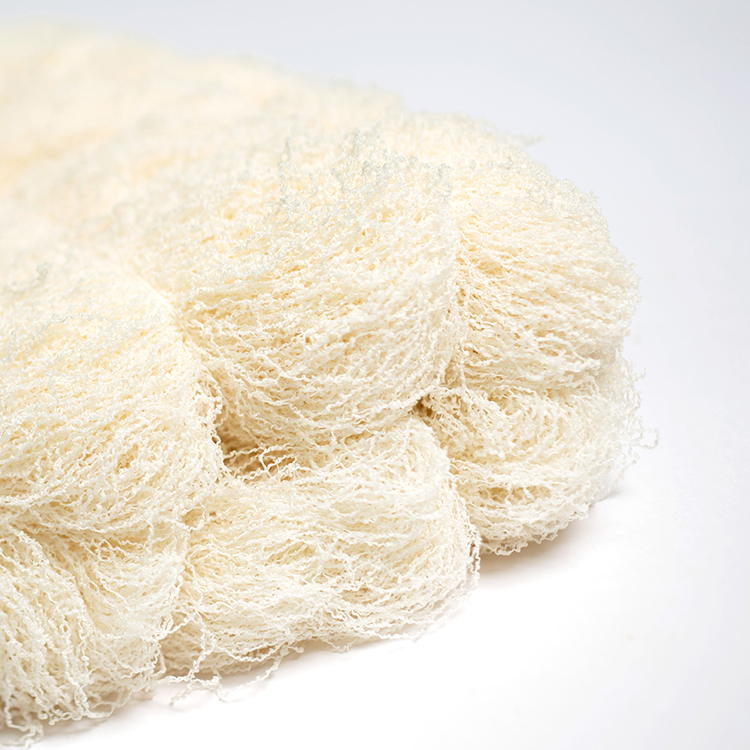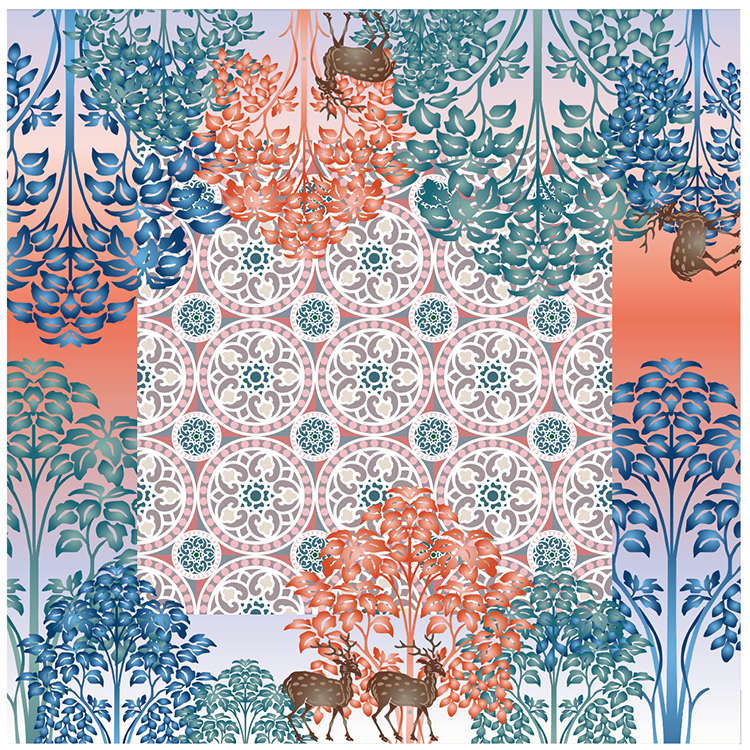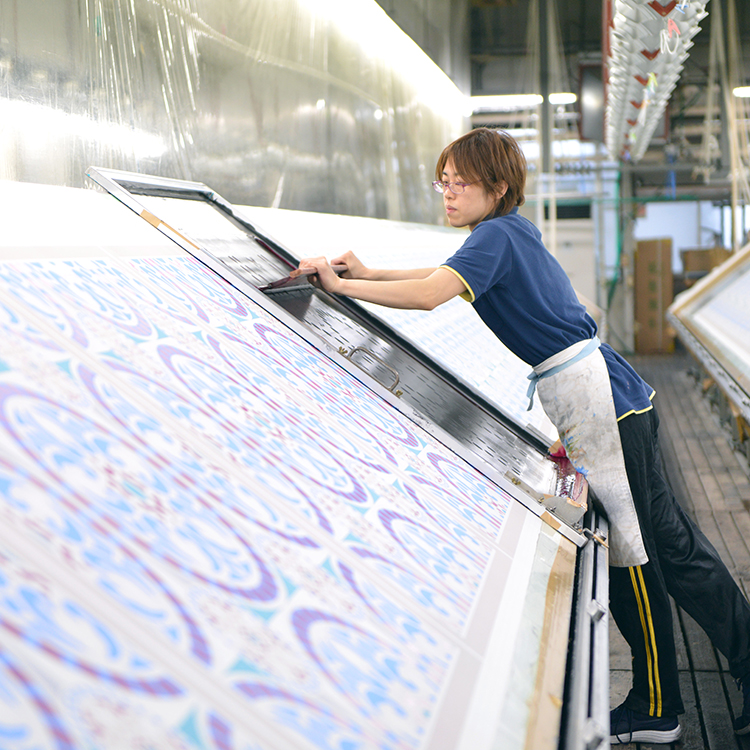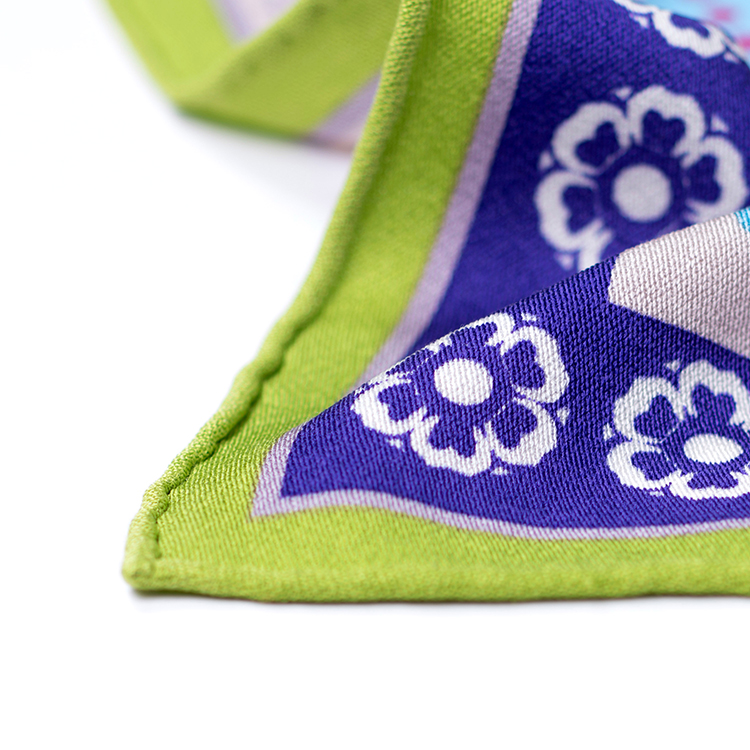About our silk
At Makinu, it’s very important to us that our shawls and scarves fulfill a purpose. Until now, brands primarily chose silk for the luxurious feel and glossy shine that it brings to clothes.
But at Makinu, we prefer to focus on the substance of our fabrics rather than on their appearance, promoting the skin-protecting properties of the silk fibers. To accomplish this, we select only the best quality threads and have developed weaving techniques that allow us to create light silk that is the most breathable, soft, and voluminous available. The fibers' unique airy structure transforms into highly adaptable wraps and scarves; able to keep warmth and moisture close to the skin during the winter, while still allowing the skin to breathe and cool during the summer.

About our design
Tsuruoka City (Yamagata Prefecture)—where the brand of Makinu was conceived—is in the northernmost sericultural region in Japan.
To actualize our design goals, we needed to start at the origin of silk production in Japan, which began when the Silk Road first crossed Japan 1300 years ago.
In the middle of the 8th century, "Tenpyo Culture,” an aristocratic culture that placed Buddhism at the center of its aesthetics and customs, flourished. It was during this time that the Shosoin Repository was built—a true symbol of the Tenpyo Culture. This treasure house stored goods imported from the Silk Road including weaves, fabrics, bright pigments, and dyed yarns.
Makinu aims to embody the Tenpyo Culture's spirit with a modern twist. To capture this, we use bright dyes, Buddhist-inspired patterns called shosoin-moyo, and oriental rosettes that widely inspired Japanese aesthetics for centuries. In this way, the Tenpyo Culture continues to live on.

About our dyeing techniques
Makinu's scarves and shawls are all printed by hand, using a screen-printing technique.
Each and every wooden screen is built by our artisans and corresponds to each layer of color used in the patterns. These colors are painstakingly applied one-by-one, layer-by-layer.
This technique requires more time and skill than any other printing method. While the ink-jet printing method uses a top-down method, applying the layer of color only on the fabric’s surface, the screen printing technique distributes the color from a bottom up approach. As it dries, this reveals subtle nuances between the fabric's outer and inner parts. We are committed to preserving this ancestral way of printing. We believe the patterns on our silk are not just pleasant visuals but also legacies from our ancestors, from whom we draw our passion and philosophy.

About our weaving techniques
Many brands choose to cut the edges and corners off of their scarves with a sewing machine.
Cutting the fabric like this is contrary to our philosophy of bringing history back to life and preserving our ancestors' ways, not to mention, that it ruins the soft touch and look of our products. We think there is a better way.
Makinu's artisans prefer to cut the scarves' edges and corners by hand, using a sewing needle, thread by thread. Corners are particularly difficult to complete by hand in this manner, but we are confident that our efforts and our attention to detail will make for a superior finished product.
